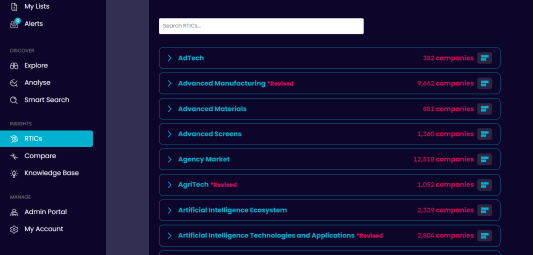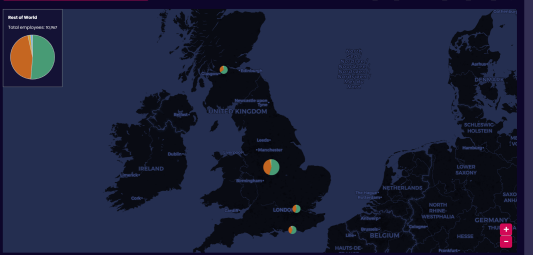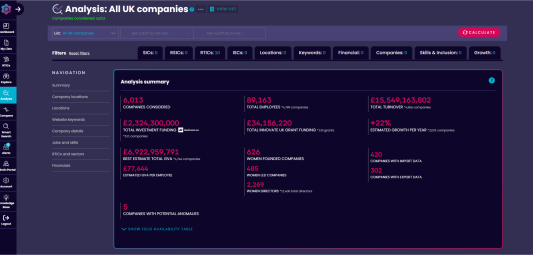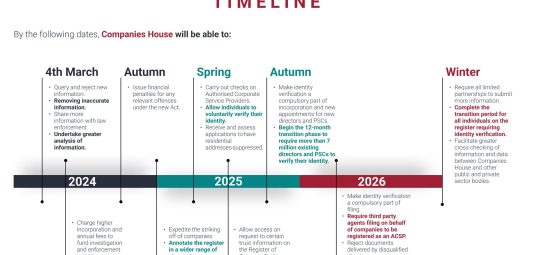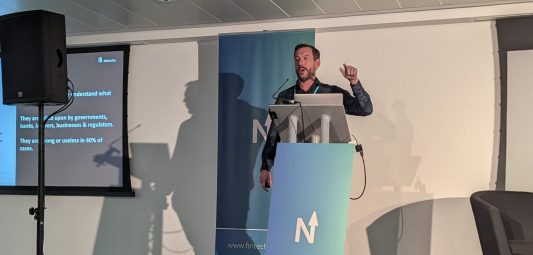RTICs & Working out loud
The Data City Blog
Latest news and views
We’re committed to a culture of working out loud. Sharing our ideas and work as early as we can, and getting feedback from our community.
Find thought-pieces, research papers, product updates, company news and much more on The Data City blog.
Filter by category
Search for an article
Product & Working out loud
What do companies do where?
Product
Industry Engine Release Notes
Industrial Strategy
Providing clarity on the Industrial Strategy’s IS-8 sectors
Product & Working out loud
Update to our growth rate methodology
Insight & Thought Piece
The Economic Crime and Corporate Transparency Act and the effect on The Data City data
SIC & Thought Piece
SIC 2026: What does it mean for industry classifications?
Advanced Screens & RTICs
Exploring the Advanced Screens RTIC
FinTech & RTICs
A look at the UKs FinTech Industry
Events & Insight
Banks still using SIC codes? That’s criminal
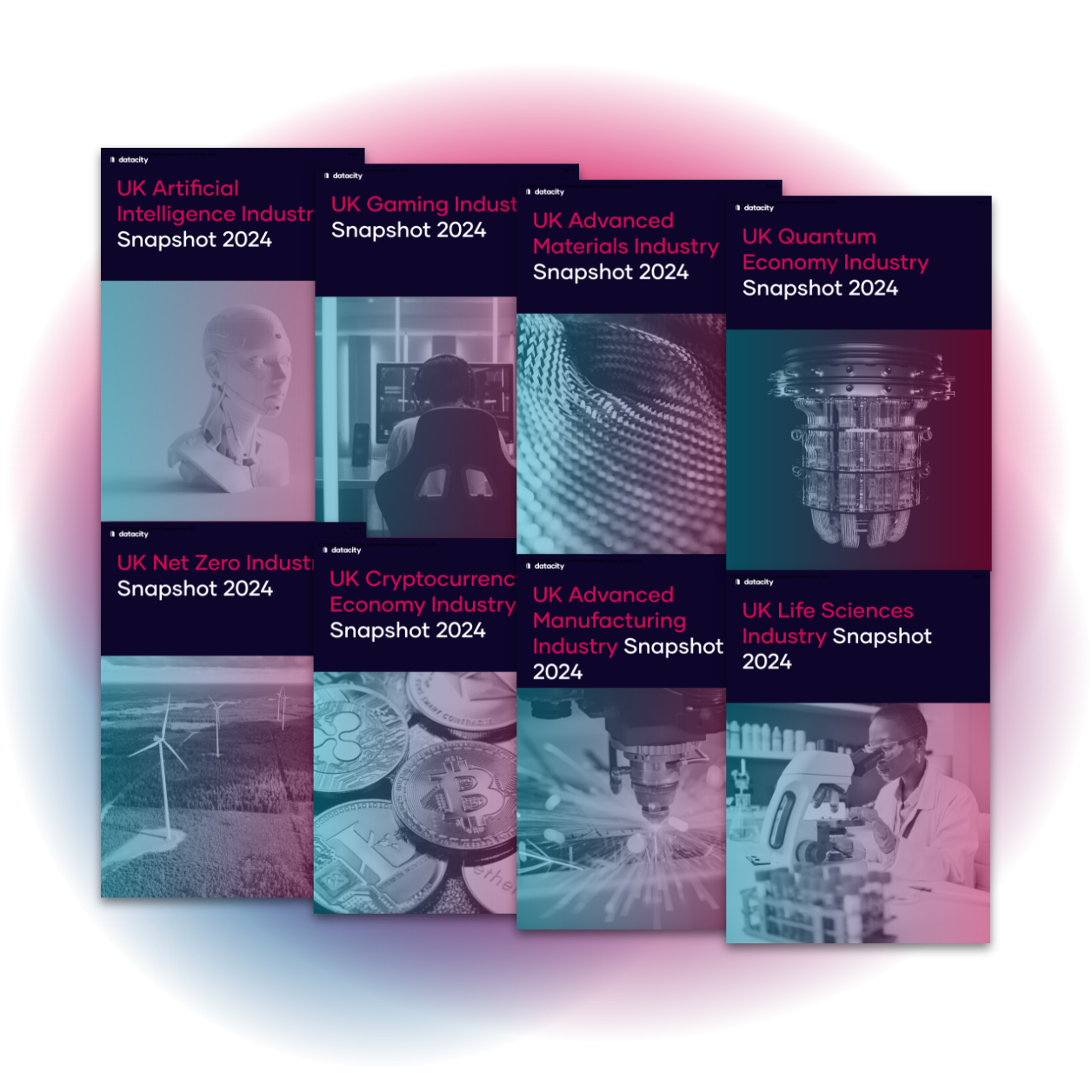
Real-Time Industrial Classifications
Download our free RTIC Industry reports
Our platform offers over 400 Real-Time Industrial Classifications (RTICs), created in partnership with industry experts.
Interested in exploring market insights, sector trends, employee data and growth statistic for the country’s fastest-growing industries?
Download one of our free market reports today.

